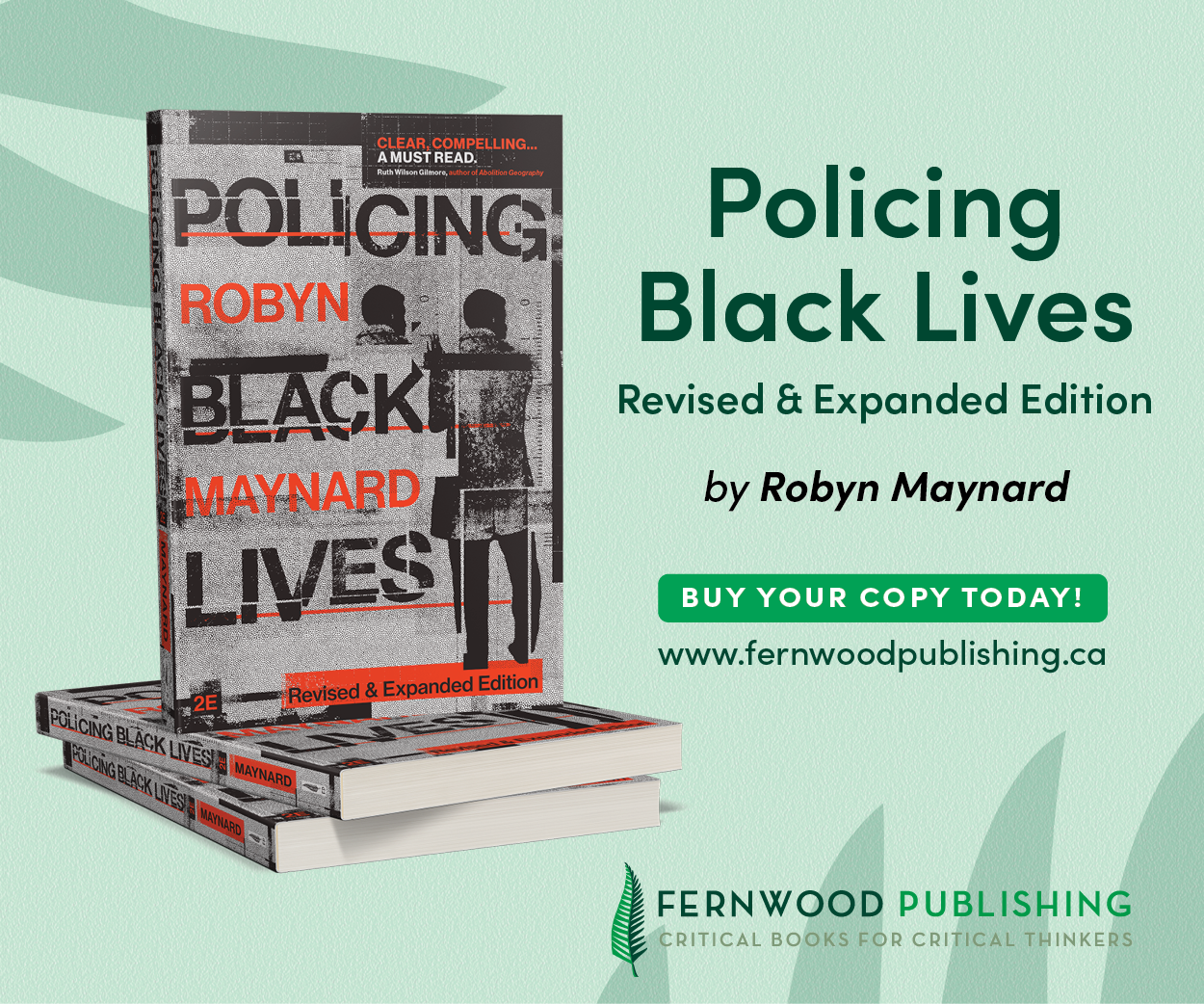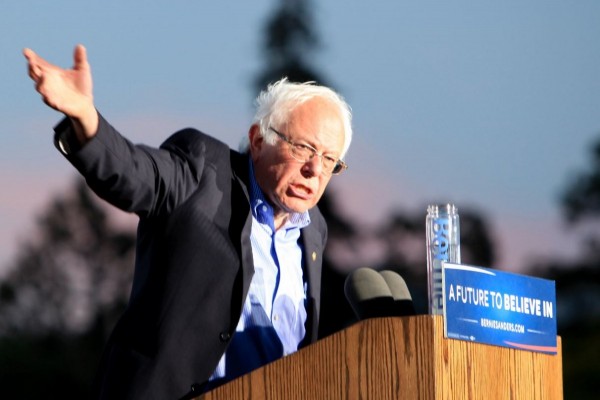Orienting toward organizing
The class war from above has produced circumstances that are more hospitable to atomized activism and less so to shared struggle

An activist holds an “Antifa” flag above a crowd of marchers, Berlin, June 27, 2009. Photo by Sam Chills/Flickr.
The last few decades have seen regular debates on the left that counterpose “activism” and “organizing.” Long-time abolitionist organizer Mariame Kaba has recently laid this out plainly, contending that “activists are folks who are taking action on particular issues that really move them in some specific way.” Activism, in this sense, involves people moving into action as individuals motivated by their personal values or politics. And although they may collaborate with like-minded people, activists are not necessarily accountable to anyone else.
There is nothing bad about politically-motivated dedication. However, it can only get us so far if we’re primarily working as individuals, making decisions based largely on what we feel passionate about, and mostly drawing on self-selected activist circles. Organizing, proponents argue, can take us further. This is a process of bringing previously uninvolved people together in sustained ways that build sufficient collective power to force our opponents to accede to our demands. As organizer-turned-scholar Jane McAlevey reminds us, it often takes place in a bounded community, such as a workplace, a faith-based institution, a neighborhood, or a school.
In this way, organizing is not something we can do as lone individuals. “Organizers,” as scholar-turned-organizer Andy Cornell elaborates, “are activists who, in addition to their own participation, work to move other people to take action and help them develop skills, political analysis, and confidence within the context of organizations.” The aim here is to bring more people into motion, grow their capacities, develop shared strategy, and engage in escalating action, all as part of durable collectivities.
We can understand these debates, at least in part, as attempts to navigate the political disorientation of our period. The last few decades have seen a concerted class war from above that, as radical sociologist Alan Sears argues, has ground down much of the infrastructure that movements of the past developed. Meanwhile, entrepreneurship has saturated social life, and the individual has become more and more the main focus for political expression and action. The label “activism” has come to be associated specifically with outspoken people who proclaim their values and denounce injustice.
Let’s not downplay the significance of determined individuals in sustaining radical politics in our difficult time. But let’s also acknowledge that this individually-focused approach can generate real problems, especially when activists (or groups of activists) pursue their own aims, with little accountability to anyone else and outsized confidence that they know what will be most righteous or strategic. It can create problems, as well, when it fortifies “the activist” as a specialized identity and produces radical subcultures closed off from broader sectors of society.
From this perspective, the growing use of the term “organizing” among people in and around social movements is promising. It indicates a shared aspiration: many of us want something more than currently exists. We yearn for forms of political activity that can reach beyond activist circles, create functional and powerful groups, expand participation, and make tangible impacts through collective action. We look longingly (and, let’s be honest, sometimes romantically) at previous efforts – such as anti-colonial movements, waves of mass labor organizing, and radical organizations with substantial memberships – that had some success as doing this. And many of us hungrily turn to podcasts, presentations, trainings, campaigns, discussions, groups, and writings in hopes of developing our organizing skills.
Whatever we choose to call it, this aspiration is worth nurturing. Transformative movements can only benefit from more people bringing their enthusiasm for moving others into motion. At the same time, our efforts will benefit from more clarity and precision about what we’re actually doing together. After all, the distinction between “activism” and “organizing,” like all conceptual tools, is not always accurate or useful. Indeed, it has at least three limitations that are worth bearing in mind.
First, activism can be crucial. Anti-war movements, for example, have often mixed values-driven activism and broader-based organizing and coalition-building. Also, individual activists, motivated by their own politics and ideas, sometimes play key roles as connectors and convenors of efforts that lead to much bigger campaigns or movement upsurges. This is something that experienced migrant justice organizers, in particular, have repeatedly pointed out to me. Movements often build from activist efforts.
Second, “organizing” is not one thing. There are many types of workplace and community organizing, motivated by a range of political priorities. And these aren’t the only approaches. Movements and communities in struggle have generated many other forms of organizing over the last several decades, attempting to build through the various ways that people congregate and form communities. For the southern Black freedom movement, churches, schools, and extended kinship networks were crucial. The women’s liberation movement built from consciousness-raising groups, expansive friendship circles, and counterinstitutions, such as feminist bookstores and centers. For the direct-action AIDS movement, bars and bathhouses were just as important as political groups and families of choice. Most every way that people come together offers opportunities for organizing, but the shape isn’t always the same.
Third, “activism” and “organizing” don’t cover all of the ways in which we work with others in transformative efforts. Even understood expansively, these categories are insufficient. There are so many different roles to play in collective efforts to change the world. Creating artwork, teaching skills, facilitating meetings, engaging in confrontational action, developing strategy for campaigns, doing research, caring for people, giving speeches, putting together organizing committees, fundraising, generating shared analysis, coordinating logistics, meeting with people one-on-one, calling for protests, leading chants and songs, building relationships, convening groups, circulating information—all of these and more are essential to movements. Indeed, people who stick around in struggle tend to take on different roles at different times, as their lives and capacities change. Working with others takes forms that exceed what “activism” and “organizing” describe.
Even with their limitations, these categories are still valuable. Counterposing “activism” and “organizing”—if we can avoid being too rigid or simplistic about it—can usefully orient our movement efforts. On the one hand, it can help us to identify what to avoid: unaccountable, individually-oriented political activity sequestered in subcultural scenes. On the other hand, it can help us to identify what to foster: collaborative political activity, accountable to others, that builds outwardly, bringing more people together and nurturing their capabilities and power.
Of course, we’re working in a social context over which we have limited control right now. The class war from above has produced circumstances that are much more hospitable to atomized activism and much less conducive to shared struggle. We can’t simply will ourselves out of these circumstances. But we can accurately name our activities, acknowledging both their strengths and limitations. And most importantly, we can consciously bring an organizing approach into all of what we do, working to regenerate our collective capacities and build more expansive, durable communities in struggle.
Chris Dixon is a long-time activist, writer, and educator. Originally from Alaska, he lives in Ottawa on unceded Algonquin territory, where he is a member of the Punch Up Collective. Find him online at writingwithmovements.com.










